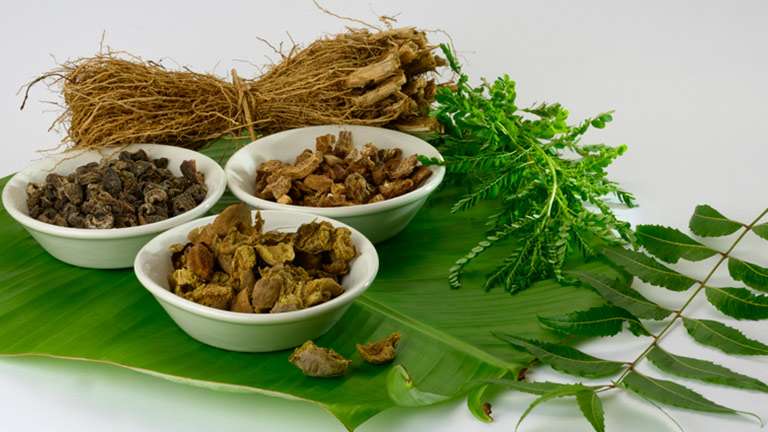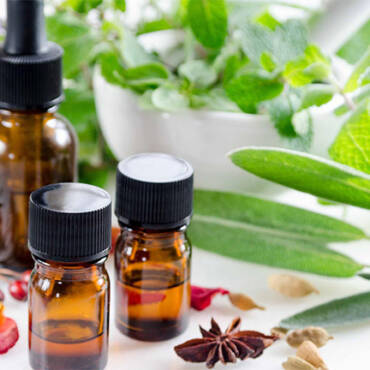Herbs represent the most effective Ayurvedic approach to healing illness. Their action is strongest when they are fresh, but they may also be used as decoctions, infusions, teas, powders, and pills. Pills have the least power, but retain their potency the longest.
Herbs are classified consistent with which dosha they decrease and increase. Decreasing a dosha is useful for a person of that body type, while an herb that increases one’s dosha will aggravate it. For example, a Vayu person will be helped by ginger, a warm herb, but be irritated by goldenseal, a dry, bitter herb. This is yet another reason the Ayurvedic paradigm is so extraordinary. This personalizing aspect of Ayurveda is often integrated into all other healing systems. Here we’ll see an example of this by classifying some Western herbs consistent with the Ayurvedic framework. Ayurveda uses herbs according to their energies or “energetics.” The same five unique classifications discussed under nutrition in the last chapter also apply to herbs. Each herb has its own therapeutic effects.




Add Comment